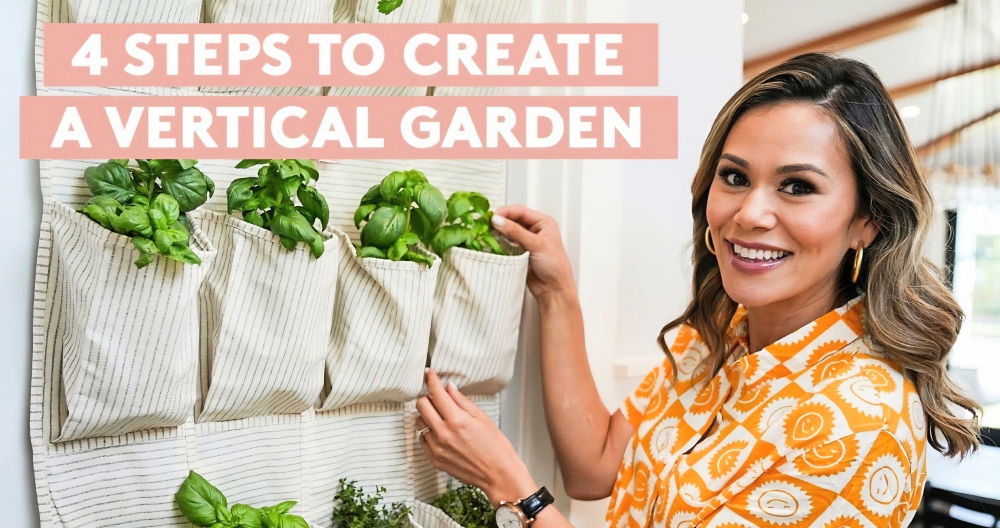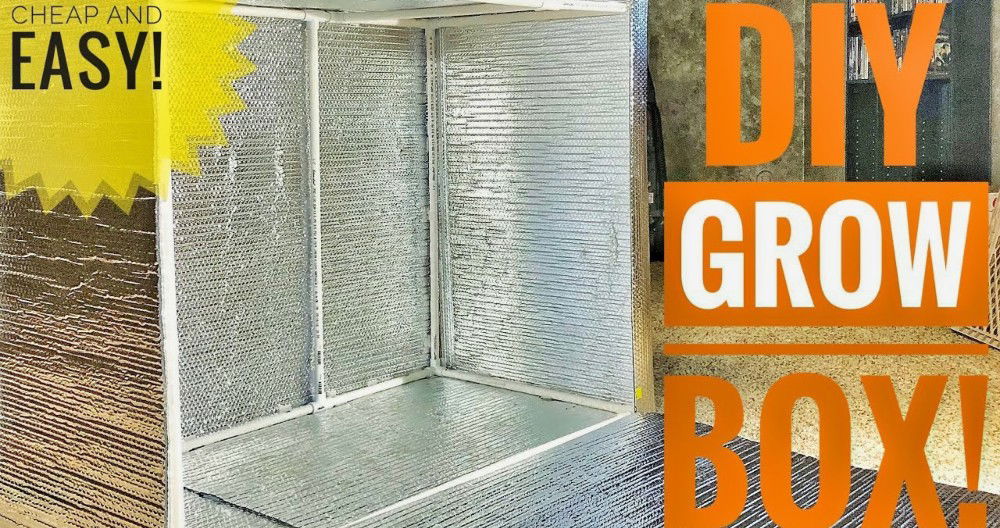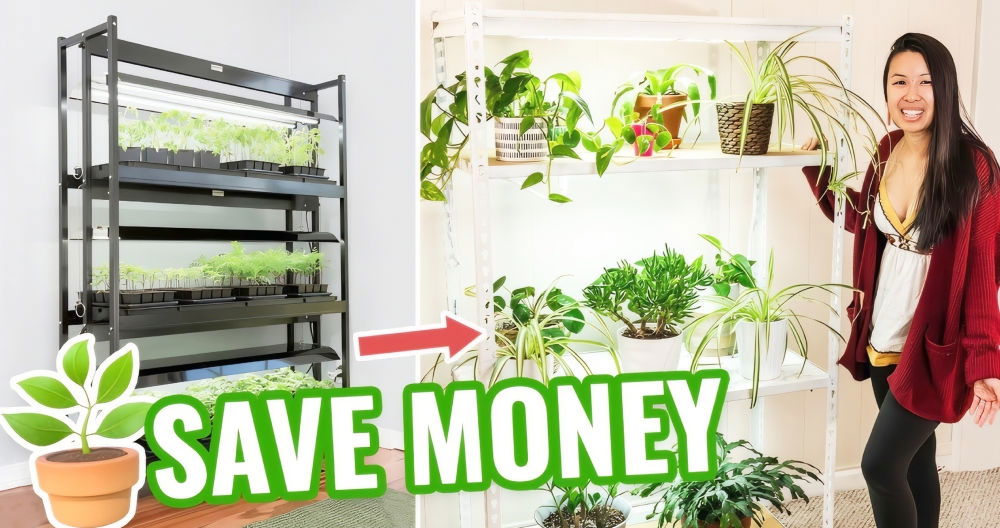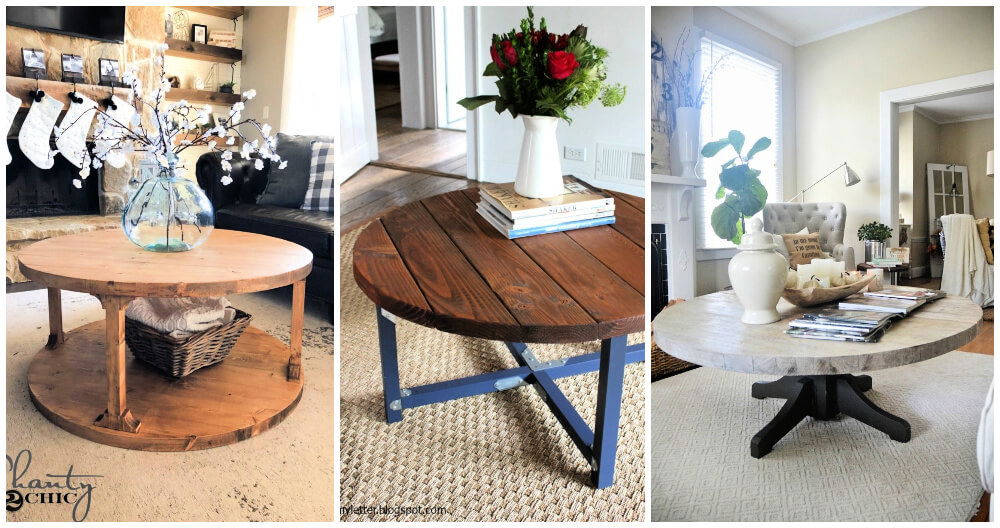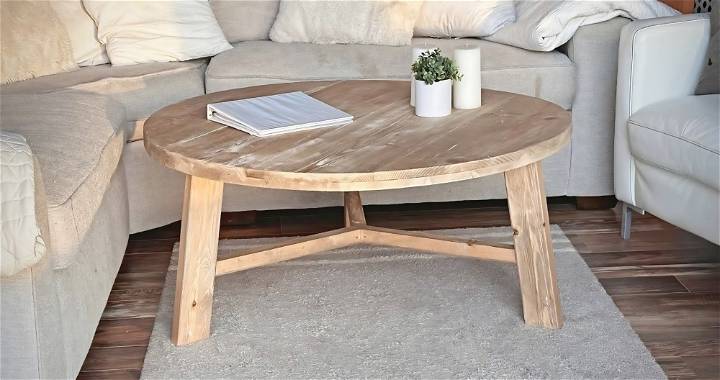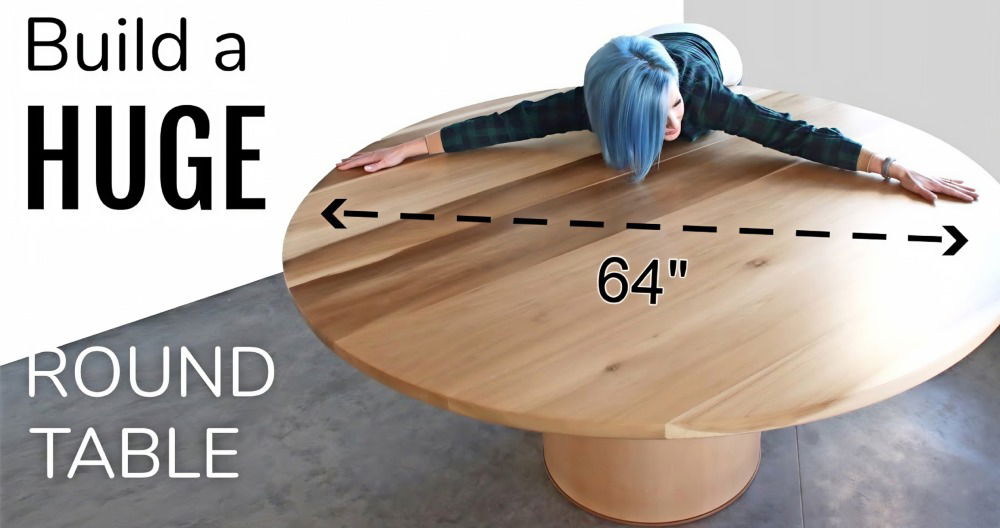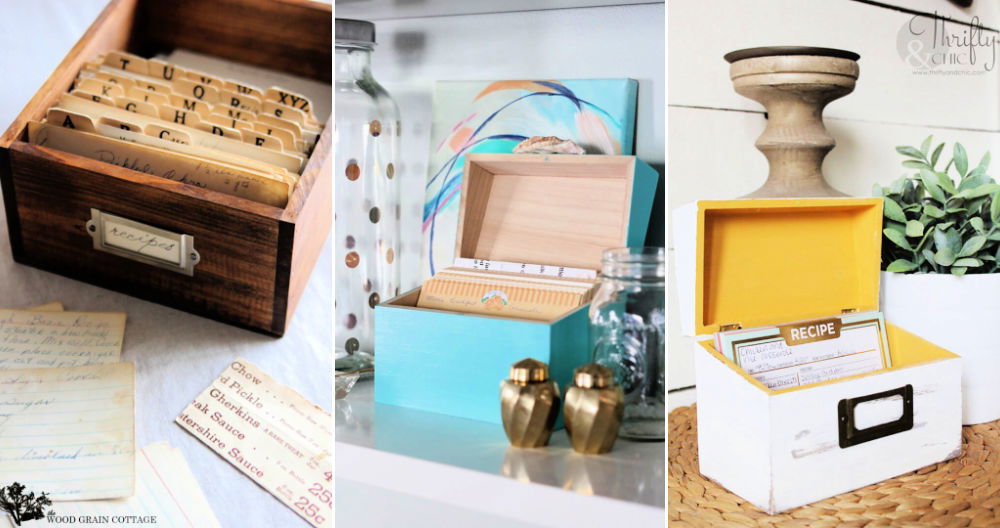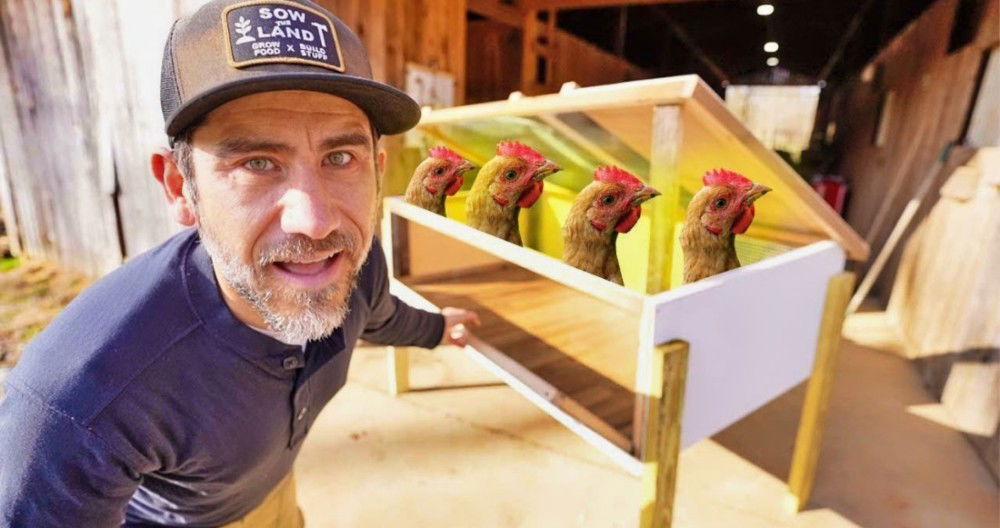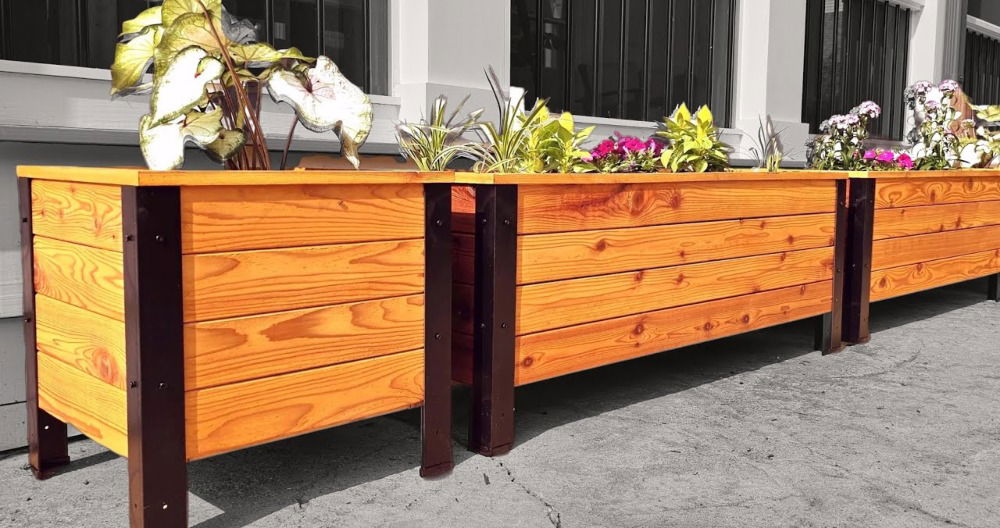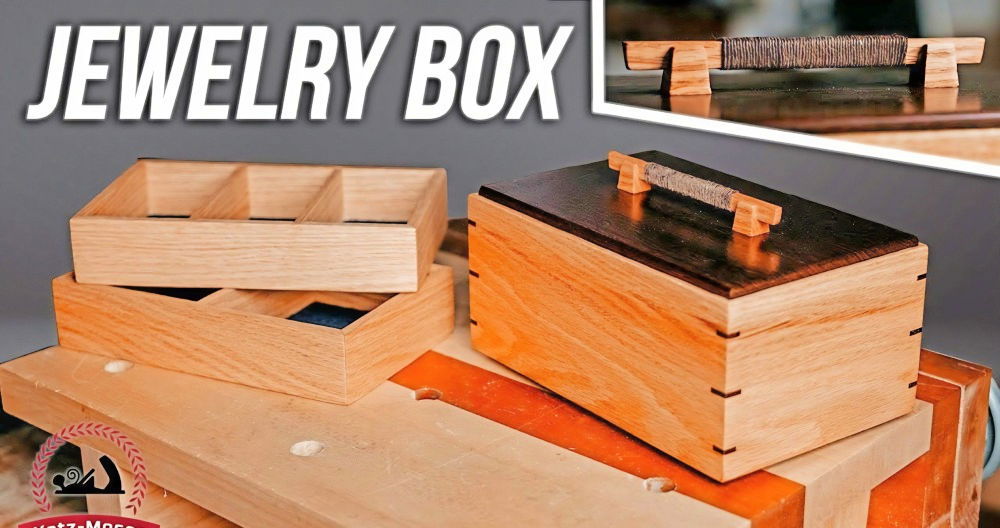Growing your own potatoes at home can be a rewarding and enjoyable experience. A DIY potato growing box makes it easy to cultivate fresh spuds throughout the year, even in small spaces. By building your own box, you can control the environment and ensure healthy growth for your crops. This method also helps maximize the yield by using vertical space, making it perfect for gardeners of all skill levels.
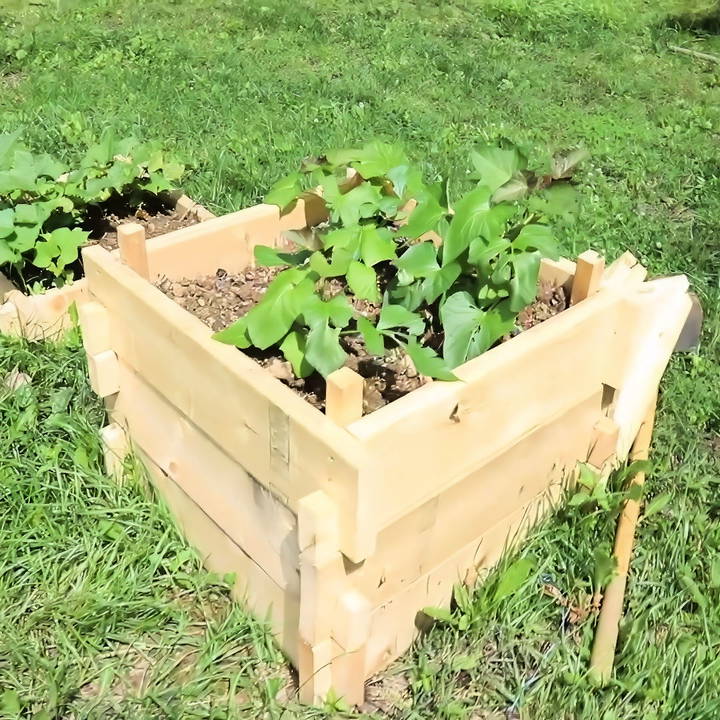
Sustainable gardening is all about using methods that do not harm the environment and can continue indefinitely. Potato boxes are a fantastic way to garden sustainably. They are simple, stackable wooden frames filled with soil in which potatoes are grown. This method is not only space-efficient but also uses fewer resources than traditional gardening.
Why Potato Boxes?
Potato boxes are ideal for small spaces like balconies or small yards. They allow you to grow a substantial amount of potatoes vertically, reducing the need for large plots of land. Plus, they make harvesting easier—instead of digging up the potatoes, you can remove the lower boards of the box and pick your potatoes as they grow.
Benefits for the Environment
Using potato boxes can help reduce your carbon footprint. Traditional farming methods often involve machinery that emits carbon dioxide, but with potato boxes, you can grow potatoes using manual tools or even your hands. This method also helps prevent soil erosion and maintains soil health, as you can control the soil quality and composition in each box.
Getting Started
To start, you'll need untreated wood to build your box, soil, and seed potatoes. It's important to use untreated wood to avoid chemicals leaching into your soil and potatoes. You can find seed potatoes at your local garden center or online. When choosing soil, opt for a mix that is rich in organic matter to give your potatoes the nutrients they need to grow.
Watering and Care
Potatoes need consistent moisture to grow, so regular watering is crucial. However, be careful not to overwater, as this can lead to rot. Potato boxes should have proper drainage to prevent waterlogging. As your potatoes grow, add more soil to the box to cover the stems and encourage more potatoes to form.
Harvesting Your Potatoes
When the plant's foliage starts to yellow and die back, it's a sign that your potatoes are ready to harvest. At this point, you can start removing the lower boards of your box and gently collecting the potatoes.
By following these steps, you can enjoy fresh, homegrown potatoes while being kind to the planet. It's a win-win for both you and the environment!
Materials You'll Need
- Six 2x8 boards, 8 feet long each: I chose pine due to cost, but any weather-resistant wood like cedar could extend your box's life.
- 2x2 boards for cleats: Essential for reinforcing the box structure.
- Saw, screws, drill: Basic tools for assembly.
- Soil & Seed Potatoes: The core ingredients for your potato growing adventure.
Why these materials?
Pine is affordable and, if treated with care, can last a couple of seasons. The cleats (small pieces of wood) provide the necessary support, especially as the soil is added. Choosing the right size board depends on your space; I errantly opted for 2x8s, but more on that later.
Step by Step Instructions
Learn how to build a DIY potato box with our step-by-step instructions. From cutting boards to filling the box, it is perfect for your garden project.
Step 1. Cutting the Boards
Measure and cut the 2x8 boards. You're aiming for a box height that allows easy stacking as your potatoes grow. Tip: Upon reflection, using 2x6 boards would simplify things as they're easier to cut with regular tools.
Step 2. Assemble the Base
Using screws, assemble the base of your box. This doesn't have to be fortress-strong but stable enough to hold the weight of the soil.
Step 3. Building Support with Cleats
Cut your 2x2 boards to build cleats. These are screwed inside the box corners, providing a ledge for the following layers to rest on. Personal Note: I initially measured these slightly off. Take it from me, double-check those measurements!
The Error in My Ways
My grand mistake was not thoroughly planning my cuts for the cleats. I ended up with awkward sizes needing a jigsaw puzzle mindset to fit. After a moment of enlightenment (and frustration), I realized cutting my 2x8s down to 2x6s would've saved me a lot of time and headache. Lesson learned.
Filling the Box
With the box assembled, place it in its final location before filling. Choose a sunny spot as potatoes love the sunlight. Fill the bottom with a mix of soil and compost, place your seed potatoes eye up, and cover lightly with more soil. As the plants grow, keep covering them with more soil, encouraging them to produce more potatoes along the buried stem.
Reflections on My Journey
Reflect on my journey's highs and lows. Discover the good and the not-so-good moments that have shaped my experiences and insights.
The Good
The boxes worked! Our potatoes had ample space to grow, and we harvested a hearty crop. The satisfaction of unearthing potatoes you've grown yourself is second to none.
The Not So Good
The design had its flaws. The ends were weaker than expected, occasionally breaking when moved. Also, my choice of pine, while cost-effective, means I might be rebuilding sooner rather than later.
Advice to My Past Self (and You)
- Plan Before You Cut: It saves time and wood.
- Sturdier Wood Might Be Worth It: If you're planning to make this a yearly venture, investing in cedar might save future you some hassle.
- Keep Learning: No method is perfect on the first try. Take notes and improve next season.
Advanced Tips for Experienced Gardeners
For the seasoned gardeners looking to elevate their potato box gardening, here are some advanced tips to enhance your yield and the quality of your potatoes:
Optimizing Soil Composition
- Mix your soil with well-rotted compost and aged manure to increase fertility.
- Consider adding sand to improve drainage if your soil is heavy and clay-like.
Microclimate Management
- Use mulch to regulate soil temperature and moisture levels.
- Build a microclimate by positioning your potato boxes near a wall that reflects sunlight.
Pest and Disease Control
- Rotate your potato crops to prevent the buildup of soil-borne diseases.
- Introduce beneficial insects or use companion planting to naturally deter pests.
Maximizing Space
- Experiment with different varieties of potatoes to find those that produce well in confined spaces.
- Train the growth vertically using trellises or stakes to save space and increase air circulation.
Watering Techniques
- Implement a drip irrigation system for consistent moisture and to conserve water.
- Water early in the morning to reduce evaporation and prevent fungal diseases.
Fertilization Strategy
- Use a balanced, slow-release organic fertilizer to provide a steady supply of nutrients.
- Apply a potassium-rich fertilizer during the flowering stage to boost tuber development.
Harvesting for Quality
- Harvest early for new potatoes with tender skins or wait for full maturity for storage potatoes.
- Cure your potatoes in a dry, dark place with good ventilation before storage to improve shelf life.
Record Keeping
- Keep detailed records of planting dates, varieties, and yields to refine your methods each season.
- Note any issues and successful strategies to improve your approach over time.
With these advanced techniques, expand the possibilities of potato box gardening.
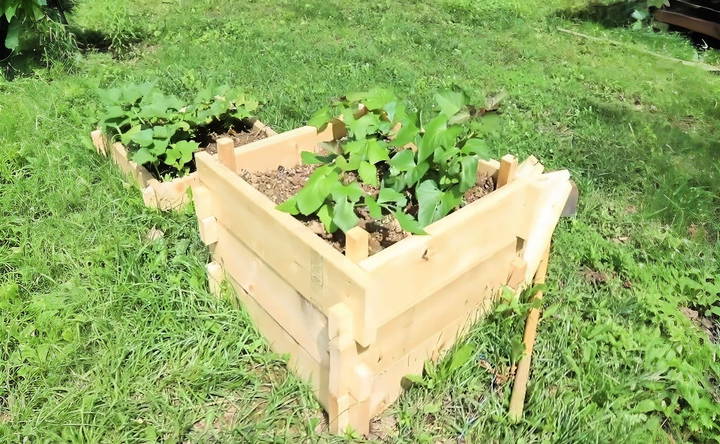
Troubleshooting Common Issues
Gardeners may encounter a few common issues when growing potatoes in boxes. Here's a helpful guide to identify and solve these problems, ensuring a healthy and bountiful potato harvest.
1. Root Rot
Root rot is a frequent issue caused by overwatering or poor drainage. To prevent this:
- Ensure your box has adequate drainage holes.
- Use well-draining soil and avoid overwatering.
2. Dry Soil
Potato boxes can dry out quickly. To maintain moisture:
- Mulch the topsoil to retain water.
- Water consistently, especially during dry spells.
3. Nutrient Deficiencies
Potatoes are heavy feeders and may suffer from nutrient deficiencies. To address this:
- Enrich the soil with compost or a balanced fertilizer.
- Consider a slow-release fertilizer for continuous feeding.
4. Pests and Diseases
Pests like aphids and diseases such as blight can affect your crop. To combat these:
- Inspect plants regularly and remove pests by hand if possible.
- Use organic pesticides and fungicides as a last resort.
5. Insufficient Sunlight
Potatoes need plenty of sunlight to grow. If your plants are leggy or weak:
- Place your potato box in a location that receives full sun for most of the day.
- Rotate the box occasionally to ensure even sunlight exposure.
6. Overcrowding
Too many seed potatoes in one box can lead to overcrowding. To avoid this:
- Plant seed potatoes with enough space to grow.
- Thin out excess plants if necessary.
Monitor for issues and take steps to prevent them for successful potato box gardening.
FAQs About DIY Potato Box
Discover all you need to know about DIY potato boxes with our comprehensive FAQs. Perfect for gardening enthusiasts seeking tips and insights!
A DIY potato box is a vertical garden structure that allows you to grow potatoes in layers, utilizing limited space. As the potato plants grow, you add more soil and wooden frames, encouraging the plants to continue growing upwards. This method can yield a large crop from a small footprint.
Start by placing a layer of soil at the bottom of the box, then plant your seed potatoes. As the plants grow and leaves emerge, cover them with more soil, leaving just the tops exposed. Continue this process, adding more frames and soil as needed, until the box is full.
Potatoes are typically ready to harvest when the foliage starts to die back. For a potato box, you can harvest from the bottom by removing the lower boards and gently digging out the potatoes. Alternatively, you can wait until the end of the growing season and dismantle the box to harvest all at once.
Potatoes grown in a box require consistent moisture, so water regularly. Avoid overwatering to prevent rot. Also, ensure the box is placed in a location that receives ample sunlight. As with any garden, keep an eye out for pests and diseases and address them promptly.
Yes, you can grow multiple varieties of potatoes in one box. To manage them effectively, plant each variety in separate layers or sections within the box. Label each section clearly to keep track of the variety. Ensure that each type has enough space to grow and receive the same care in terms of watering and soil coverage as they grow. This way, you can enjoy a diverse harvest from your potato box garden.
Final Thoughts
In conclusion, building a DIY potato growing box is a simple and efficient way to enjoy fresh spuds year-round. With minimal materials and space, you can easily grow your own potatoes at home. This approach ensures healthy growth and offers a steady supply of homegrown produce. Start your own potato growing box today and enjoy the satisfaction of harvesting fresh potatoes right from your backyard or patio!



